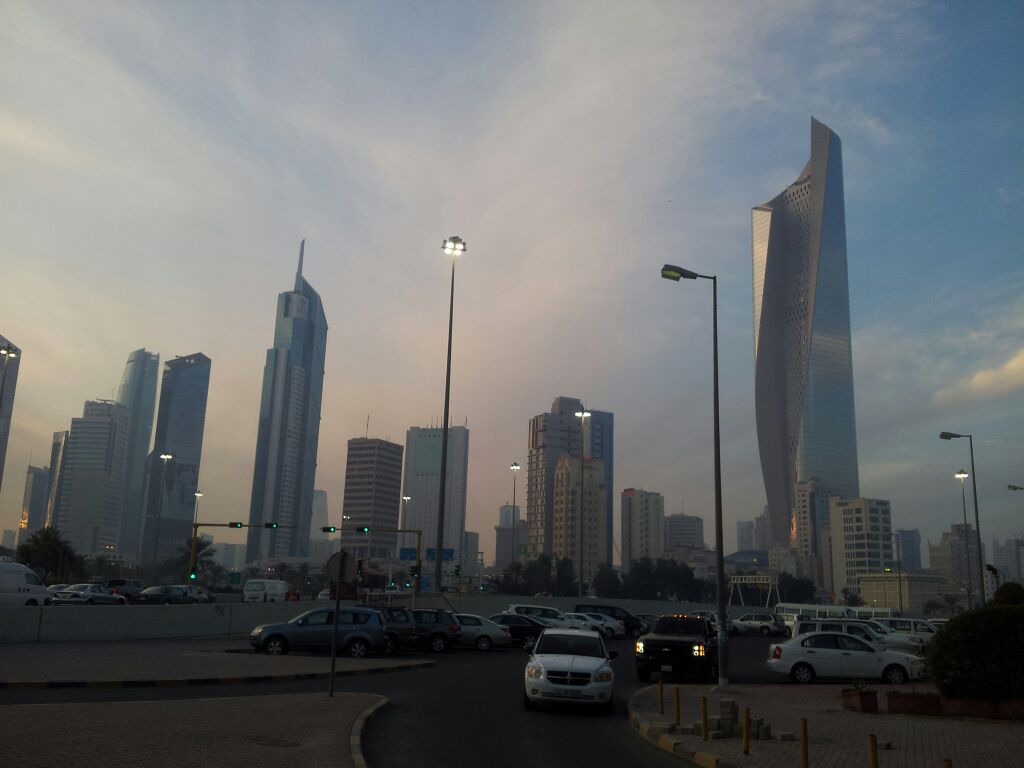Kuwait, Kuwait City
FC-01x Future Cities (Self-Paced) - Exercise 1 : "Making the Invisible - Visible"

Uploaded on 2016-12-03 by Ahmed Abu Sreei
I chose Kuwait City. As we see we can find huge visible and invisible information in this photo... • The visible information is... First, there are a huge number of cars in this city. Second, the city is suffering from overcrowding and cars are everywhere. Third, towers are the most widespread buildings in the city and also glass is used widely here. Also we can find fire hydrants, traffic signs and lights, benches, trees ... etc. which reflects the attention to urban design from the government. • The invisible information that can be extracted from the previous visible information... First, from the huge number of cars we can conclude that Kuwait town is not the perfect place for mass transit, cycling or walking. Private vehicles are the most widely used vehicles in this area with the absence of any bike paths and sometimes pedestrian’s paths. Second, this huge number of cars will increase CO2 emissions and affect the environment badly. Actually as we know there are special relation between numbers of cars and pollution. Whenever the numbers of cars increased pollution increased. As I mentioned in the second answer Kuwait City is not a perfect place to live if you are cyclist, walker or if you prefer public transportation to move between areas here. But we must think about these ideas if we want to make Kuwait City a livable city. Let's think about making a Metro system for example and think about the numbers of people who will use public vehicles instead of private one. San Francisco is very good example for this idea. Also pedestrians and cycling paths have great effect in reducing numbers of cars which sequentially reduce overcrowding and pollution as we can see in Stockholm or Amsterdam for example.